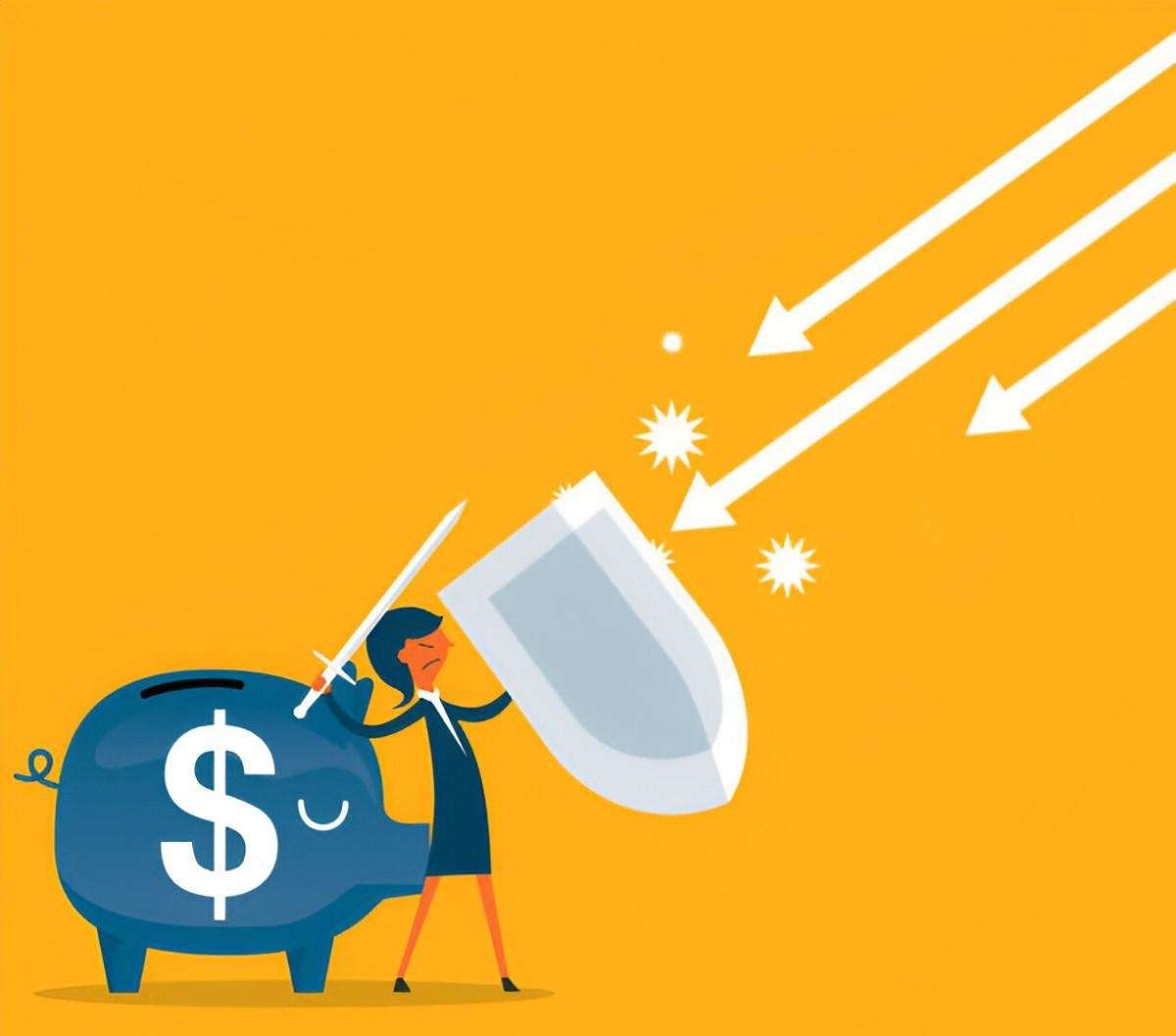Introduction
Saving money aggressively is not just about cutting back on luxuries. It involves restructuring spending habits, making intentional financial choices, and prioritizing long-term stability over short-term gratification. In this article, I will discuss effective strategies for saving money aggressively. These strategies require commitment, but the benefits outweigh the effort.
Table of Contents
Re-Evaluating Fixed and Variable Expenses
The first step to aggressive saving is understanding where money goes. Fixed expenses remain the same each month, such as rent and insurance, while variable expenses fluctuate, like groceries and entertainment. By dissecting these categories, I can identify where to cut costs.
Table 1: Fixed vs. Variable Expenses Breakdown
| Expense Type | Examples |
|---|---|
| Fixed Expenses | Rent, Mortgage, Insurance, Car Payment |
| Variable Expenses | Groceries, Dining Out, Entertainment, Clothing |
Housing: The Biggest Expense
Housing costs often consume the largest portion of a budget. Downsizing, refinancing, or house hacking can drastically reduce expenses. Moving to a smaller apartment or a more affordable location lowers rent or mortgage payments. Refinancing a mortgage at a lower interest rate saves thousands over time. House hacking—renting out a portion of my home—turns a liability into an income source.
Example Calculation: Refinancing a Mortgage
If I have a $250,000 mortgage at a 5% interest rate for 30 years, my monthly payment is about $1,342. If I refinance to a 3.5% rate, the payment drops to $1,122. That’s a savings of $220 per month or $79,200 over 30 years.
Cutting Transportation Costs
Owning a car is expensive. Payments, insurance, fuel, and maintenance add up. Opting for a used car instead of a new one avoids depreciation. Public transportation, biking, or carpooling significantly lowers costs.
Table 2: Annual Cost Comparison – Car Ownership vs. Public Transport
| Expense Category | Car Ownership | Public Transport |
|---|---|---|
| Car Payment | $4,800 | $0 |
| Insurance | $1,500 | $0 |
| Gas | $1,200 | $600 |
| Maintenance | $800 | $0 |
| Public Transport Pass | $0 | $1,200 |
| Total | $8,300 | $1,800 |
Aggressive Grocery Savings
Grocery bills eat into savings when unchecked. Meal planning, buying in bulk, and eliminating waste maximize savings. Sticking to a shopping list prevents impulse purchases. Buying store brands instead of name brands results in significant cost reductions.
Example Calculation: Store Brand vs. Name Brand
If I buy name-brand cereal for $4 per box and consume four boxes per month, I spend $16. Switching to a store brand at $2 per box cuts my cost to $8, saving $96 annually.
The No-Spend Challenge
A no-spend challenge restricts purchases to essentials for a set period. This resets spending habits and highlights unnecessary expenses.
Table 3: Example of a No-Spend Month Savings Breakdown
| Expense Cut | Monthly Cost Before | Monthly Cost After | Savings |
|---|---|---|---|
| Dining Out | $200 | $0 | $200 |
| Subscription Services | $50 | $0 | $50 |
| Impulse Shopping | $150 | $0 | $150 |
| Total Savings | $400 |
Side Hustles and Extra Income
Increasing income accelerates savings. Freelancing, selling unused items, or starting a side business provides extra cash. Even a part-time job for a few hours per week adds up.
Example Calculation: Side Hustle Earnings
If I earn $20 per hour freelancing for 10 hours a week, that’s $800 per month or $9,600 per year—enough to cover a major expense or invest.
Smart Investing for Savings Growth
Saving aggressively without investing means money loses value to inflation. High-yield savings accounts, index funds, and low-risk investments offer better returns.
Table 4: Savings Growth with Investment vs. No Investment
| Year | Savings Without Investment (0% Interest) | Savings With Investment (7% Annual Return) |
|---|---|---|
| 1 | $10,000 | $10,700 |
| 5 | $50,000 | $70,500 |
| 10 | $100,000 | $196,700 |
Eliminating Debt Aggressively
Debt erodes savings. Prioritizing high-interest debt, such as credit cards, prevents financial strain. The debt snowball method—paying off smaller debts first for motivation—or the avalanche method—tackling high-interest debts first—both work well.
Example Calculation: Interest Savings by Paying Off Debt Early
If I have $5,000 in credit card debt at 18% interest, making minimum payments ($100) keeps me in debt for over six years, costing nearly $3,500 in interest. Paying $250 per month clears the debt in two years, saving over $2,000 in interest.
Automating Savings
Setting up automatic transfers to a savings account ensures consistency. Treating savings like a fixed expense makes it non-negotiable.
Conclusion
Aggressive saving requires discipline, strategy, and a willingness to make sacrifices. Housing, transportation, groceries, debt, and extra income all play crucial roles in maximizing savings. Every dollar saved and invested contributes to long-term financial security. By applying these techniques, financial freedom becomes achievable.





